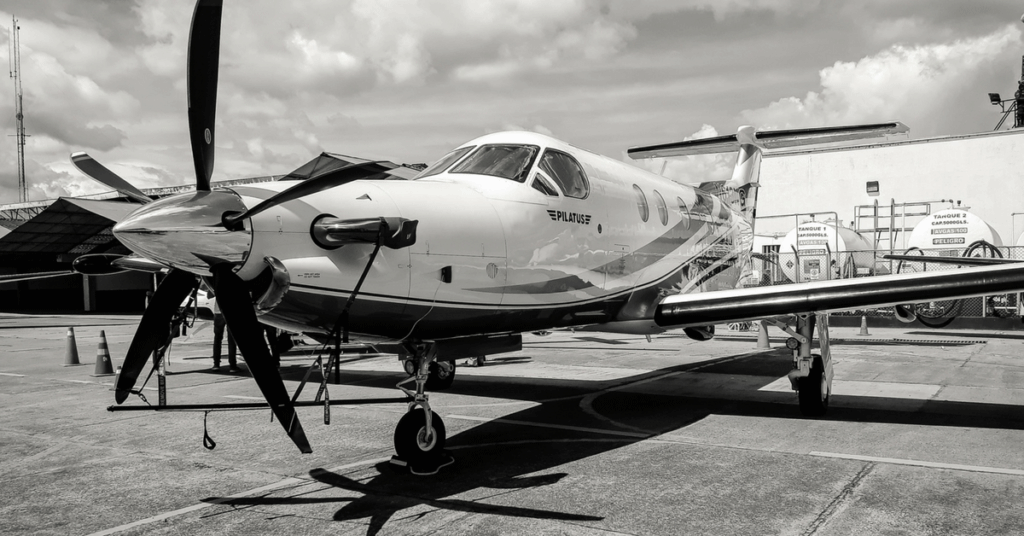
As part of the company’s risk management program, you may formalize your aircraft use policies. A good aircraft use policy will provide a clear guide for all employees.
Who Can Provide Useful Input
To develop or update a use policy for the company jet, first identify who should have input. The CEO’s executive assistant may not be on your initial list, but he or she may provide quality input based on years of scheduling experience. Others to consider are the chief pilot, risk manager, legal and tax departments.
Topics to Address in Use Policy
Potential topics to address in your business use policy include:
–Who has authority to approve flights. Is there a rule about the amount of lead time required?
–Who handles the scheduling of the aircraft & what information must be submitted to schedule a flight
–How many senior executives can be on the same flight
–May customers, vendors, attorneys, or other individuals accompany employees
–Policy for empty seats (tag-along passengers – address both employees and family members)
–Defining a personal flight, who can utilize the aircraft for a personal flight, number of hours allowed, what approval is required, how will the flight be handled for tax purposes for both the company and the individual
–Process for requesting, scheduling, and confirming a flight
–Priority use (e.g. business over personal; senior-level executive trips over mid-level executive trips). Can one flight be bumped if a higher priority use arises?
–Address scheduling priority on a per-plane basis if the company has more than one plane or if there the company has a plane and a fractional share or jetcard.
–Flying elected officials and candidates for public office on the aircraft (consider requiring advance legal department approval)
–What is allowed onboard – pets or red wine
–What recordkeeping is required and who is responsible for providing, recording, and maintaining the information
Goal of Aircraft Use Policy
At the end of the process, everyone from the flight department to tax and legal should understand the overall procedure and their responsibilities in that procedure.
The operation of corporate aircraft is complex and varies greatly from one aircraft to the next, and from one owner to the next. If only a few of the factors are considered, the result is often inefficient, and sometimes an illegal, aircraft operation. Working with an attorney experienced in business aviation can help reduce costs, address regulatory and tax compliance, and add value by creating a tailored corporate aircraft operational structure.
Michelle M. Wade is an attorney with the law firm of Jetstream Aviation Law, P.A. and counsel clients on the acquisition, financing and operation of corporate jets operated under Part 91 and Part 135 of the US Federal Aviation Regulations. Jetstream Aviation Law can be found at www.JetstreamLaw.com.
The information provided here is not legal advice and does not purport to be a substitute for advice of counsel on any specific matter. For legal advice, you should consult with an attorney concerning your specific situation.
